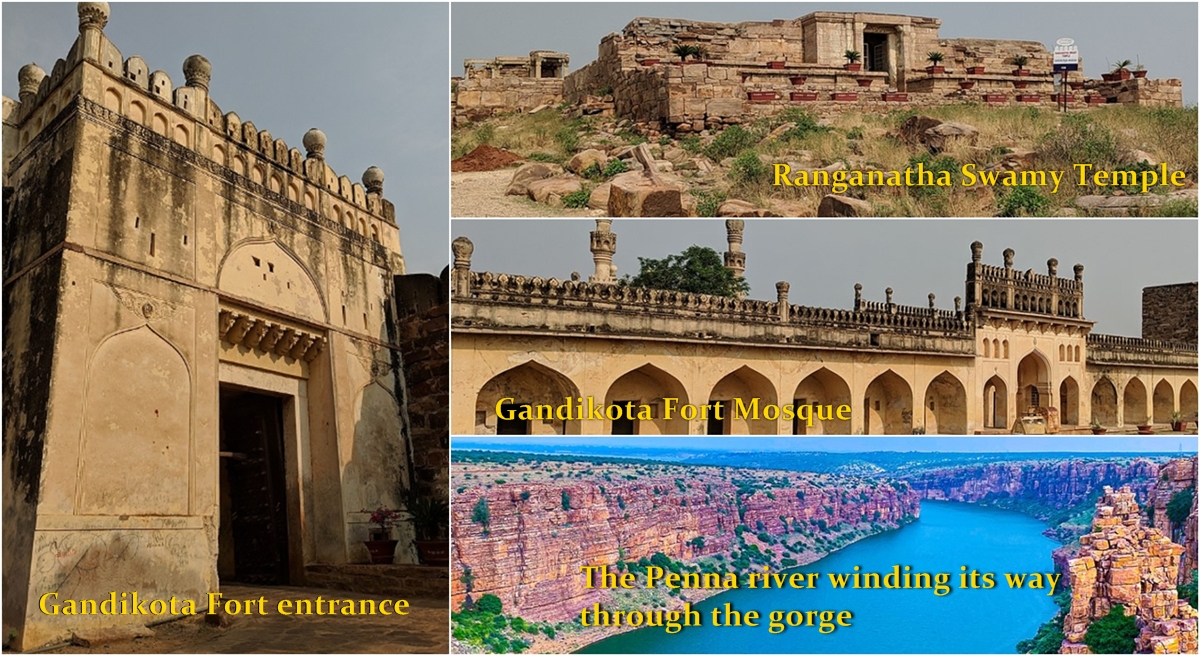Life at Rurban will naturally lead you to discovering the myriad cultural experiences, flora and fauna that make the area a microcosm India.
From architectural masterpieces of the centuries old Lepakshi Temple to spiritual encounters at Puttaparthi.
To exploring the Grand Canyon of India at Gandikotta to discovering the cave dwellings of Monks at Bellum or just absorbing the goodness of pristine nature,
feel free to choose what sense you would want to explore.
Lepakshi Temple (3 kms away from the farm)
The Veerabhadra temple in Lepakshi was built in the 15th century by Virupanna Nayaka and Viranna, both brothers who were Governors under the Vijayanagar Empire. According to Skanda Purana, the temple is one of the divyakshetras, an important pilgrimage site of Lord Shiva.The architectural features of the temple are in the Vijayanagara style with profusion of carvings and paintings at almost every exposed surface of the temple. The fresco paintings are particularly detailed in very bright dresses and colours with scenes of Rama and Krishna from the epic stories of the Ramayana, the Mahabharata and the Puranas and they are well preserved. There is a very large Nandi (bull), mount of Shiva, about 200 metres away from the temple which is carved from a single block of stone, which is said to be one of the largest of its type in the world.
The hanging pillar is yet another attraction in the temple. There is a gap between the base of the pillar and ground through which cloth and paper can be passed, Indicating the pillar is not supported by the ground

Gandikotta (also referred to as the Grand Canyon of India-192 Kms away from the farm)
Gandikotta is a village and historical fort on the right bank of the Penna river. The fort was the center of power for various dynasties and was built around the 11th Century. In the fort are two ancient temples and a Masjid

Belum caves (202 kms from the Farm)
The Belum Caves is the largest and longest cave system on the Indian subcontinent, known for its speleothems, such as stalactite & stalagmite formations. The Belum Caves have long passages, galleries, spacious caverns with fresh water and siphons. This cave system was formed over the course of tens of thousands of years by the constant flow of underground water from the now-disappeared river Chitravathi. 4,500 BC remnants of vessels of that age were found in the caves. The caves were occupied by Jain and Buddhist monks over 2000 years ago.
.png)
.png)
.png)
© 2020 Rurban all rights reserved | Designed by INTEGRO